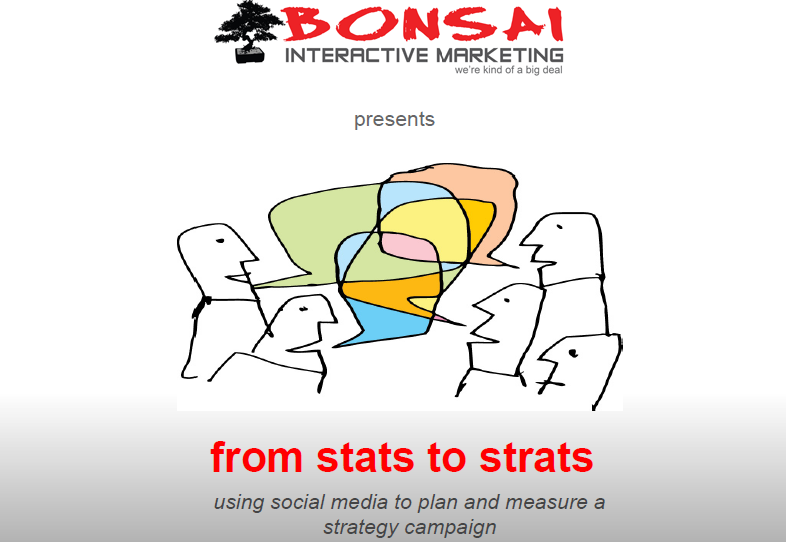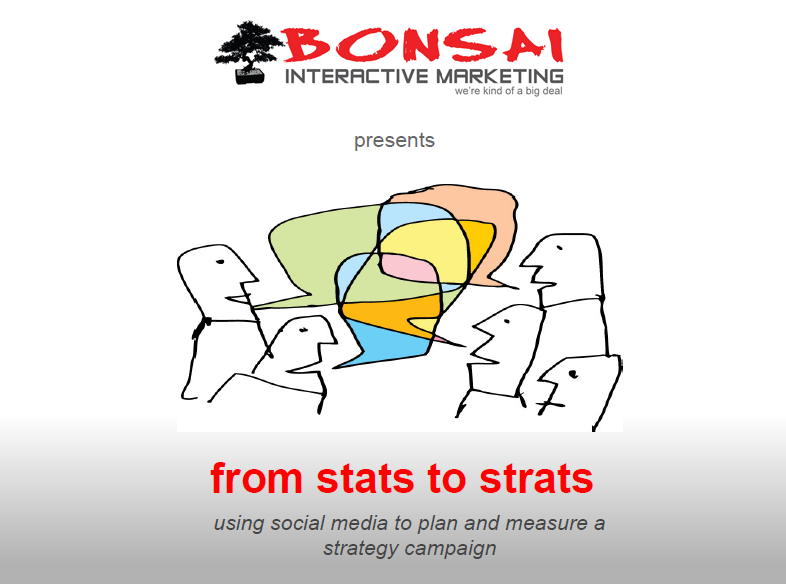
Two of my favourite actors are Joe Pesci and Danny DeVito. Both different actors, yet also so very similar.
Pesci is more your serious actor that?s famous for his gangster roles (Goodfellas, Casino, Once Upon a Time in America) although he?s had some great comedy roles too (My Cousin Vinny, Lethal Weapon 2, Home Alone). DeVito is more known for his comedic roles ? Romancing the Stone, Twins and the TV series Taxi.
Yet while they?re both great actors, that?s not the main reason I like them. It?s more to do with their attitude of being different and using that as their strength. Neither are what you would call your typical Hollywood heroes, yet it hasn?t stopped them from taking the movie industry by storm and becoming major players.
This makes them great role models for small businesses.
If the Internet hadn?t narrowed the division between large businesses and small ones enough already, the economic meltdown of the last 18 months or so has made it even smaller. Large businesses are feeling the pinch and making cutbacks, while smaller businesses are finding that their value-based services are more in demand.
Now?s the time to take advantage of that. Now?s the time to be Joe Pesci or Danny DeVito.
Small Is Good.
Small businesses have never had a better opportunity to play on a level field with the big boys. Clients are looking for value for money and the personal touch more as large companies become fragmented and lose touch with their customers.
Use that to your advantage. Offer the kind of personal service that only small businesses can. Make every client feel that they?re your only one. Build the personal relationships that mean something, as opposed to the impersonal relationships that are old news.
Brand loyalty is everything ? customer relations foster this and for the small business owner, the opportunity for this is has never been greater.
Be Different.
As I mentioned, where Pesci and DeVito excel is using their difference from the standard Hollywood stereotype and making it work for them. They refuse to be handed roles and descriptions relating to their size, and stand toe-to-toe with some of the biggest heavyweights on the scene.
Use your business?s differences to the maximum.
Be proud of the fact that you may be small but you offer a service that will stand next to any of your larger competitors. Because you?re small, you actually have more intimate relationships with your suppliers and that transposes itself to your clients. The fact that you?re different separates you from the pack ? celebrate it and people will respond to it.
Attitude is Everything.
No matter what movie Joe Pesci is in, one thing that stands head and shoulders above everything else is his ?F**k you!? attitude. You seriously believe that this guy may be small but he has an attitude and belief that many people twice his size could only hope for.
You probably started your business with the belief that you were going to be just as good as the big guys, if not better. Do you still have that belief? Are you passionate about your company when you meet new clients or catch up with old ones?
Think back to why you found these clients in the first place ? belief in that you could do the job of competitors many times your size.
Keep that belief. Have the attitude that your business is the best at what you do, because you live and breathe for making it the best.
Encourage greatness in your employees and instill the same ?We may not be the biggest but we?re going to be the best? attitude that started you off in the first place, and that attitude will both promote and attract confidence in you and your business.
The next couple of years promise to have some tough times ahead for businesses, small and large. Yet with the reduced overheads and the more focused framework that smaller businesses have the advantage of, they can also be the years you really stand toe-to-toe with the big boys.
Aiming Beyond Business
This post has been pretty much about small business and how you, as a small business owner, can compete with the bigger boys. But it doesn’t need to just be for business.
Look at some of the comparisons between Devito, Pesci and the Hollywood mindset, and see how you can take that attitude and implement in your own surroundings.
Blogging; single parent home worker; inventor; artist; storyteller and more. It doesn’t matter how small you currently think you are – it’s how big you want to be viewed moving forward.
Joe Pesci and Danny DeVito have shown the way for the little guys. Ready to join them?
image: Omega Man









